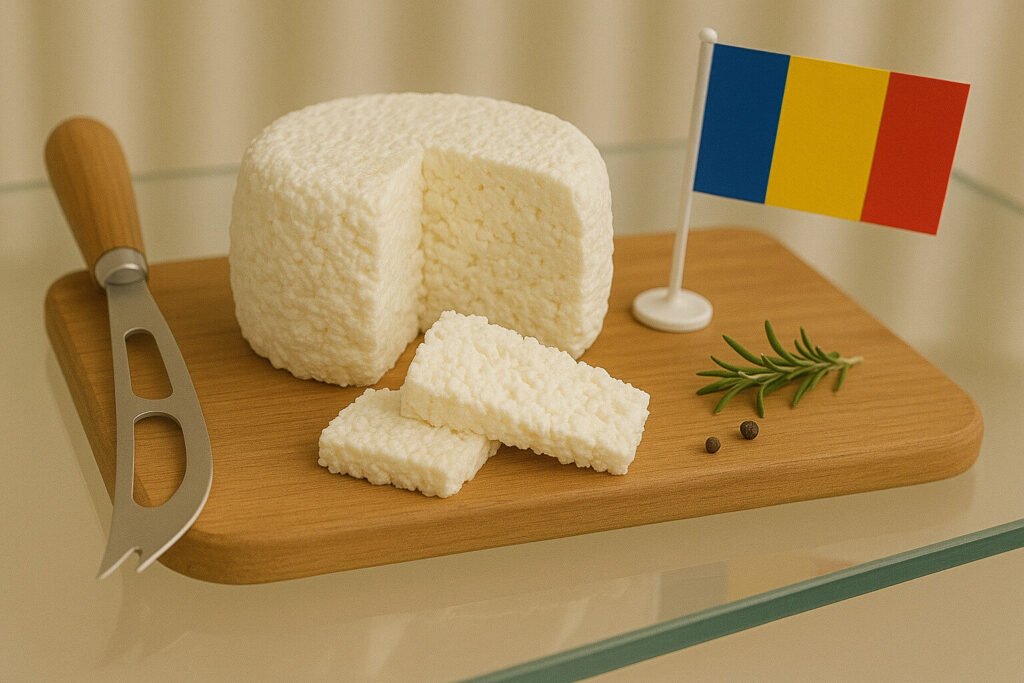Ricotta Cheese
Definition and Scope
Ricotta is a fresh Italian whey cheese traditionally made from the byproduct of other cheese production. It falls under the category of fresh, unripened cheeses, distinguished by its mild flavor and soft, moist texture. The name “ricotta” translates to “recooked,” referring to the process of reheating whey left over from making cheeses like Pecorino Romano or Mozzarella.
Its scope extends beyond Italy, with variations now produced globally using cow, sheep, goat, or buffalo milk whey. Unlike many cheeses, ricotta is not made from curds formed by rennet but from the coagulation of whey proteins. This places it in a unique taxonomic position within cheese classifications, separate from most curd-based varieties.
Production Process
Traditional ricotta production begins by collecting the whey remaining after the initial cheese-making process. The whey is heated to a temperature near boiling, typically between 80-85°C (176-185°F). An acidifying agent, such as vinegar or citrus juice, is then added to cause the remaining proteins to coagulate and float to the surface.
These delicate protein curds are carefully skimmed off and drained in perforated molds or baskets. The entire process from heating to draining usually takes less than a day, resulting in a fresh product with a short shelf life. Modern industrial methods may incorporate whole milk or cream to increase yield and modify texture, creating richer versions.
Sensory Profile
Ricotta possesses a distinctly mild, slightly sweet flavor with a clean, milky freshness. Its texture is characteristically grainy yet creamy, often described as light and fluffy when freshly made. The cheese has a bright white color and a moist appearance, with a spreadable consistency that maintains some granular structure.
The flavor profile lacks the sharpness or complexity of aged cheeses, making it particularly versatile in culinary applications. Higher quality ricotta made from sheep’s milk whey may exhibit more pronounced sweetness and richness. The cheese’s subtle flavor allows it to absorb and complement other ingredients without dominating dishes.
Culinary Uses
Ricotta serves as a fundamental ingredient in both savory and sweet Italian dishes. It forms the primary filling for pasta varieties like ravioli, cannoli, and lasagna, providing creamy texture without excessive richness. The cheese’s mildness makes it ideal for blending with herbs, spices, and other flavorings in stuffed pastas and baked dishes.
Beyond pasta, ricotta appears in desserts including cheesecakes, pastries, and as a topping for toast with honey or fruit. Its low fat content compared to many cheeses makes it popular in healthier cooking applications. Contemporary chefs also use it in dips, spreads, and as a lighter alternative to cream cheese in various recipes.
Regional Examples
Italian ricotta exhibits significant regional variation based on local traditions and milk sources. Ricotta Romana, made from sheep’s milk whey in Lazio, features a richer, slightly tangier flavor profile. Sicilian ricotta, often made from cow or sheep milk, is noted for its creamy texture and is essential to traditional cannoli filling.
Outside Italy, American ricotta typically uses cow’s milk whey and often includes additional milk solids for a creamier product. Artisanal producers in countries like Australia and the United Kingdom have developed their own interpretations using local milk sources. These variations maintain the fundamental characteristics while adapting to regional tastes and production methods.

